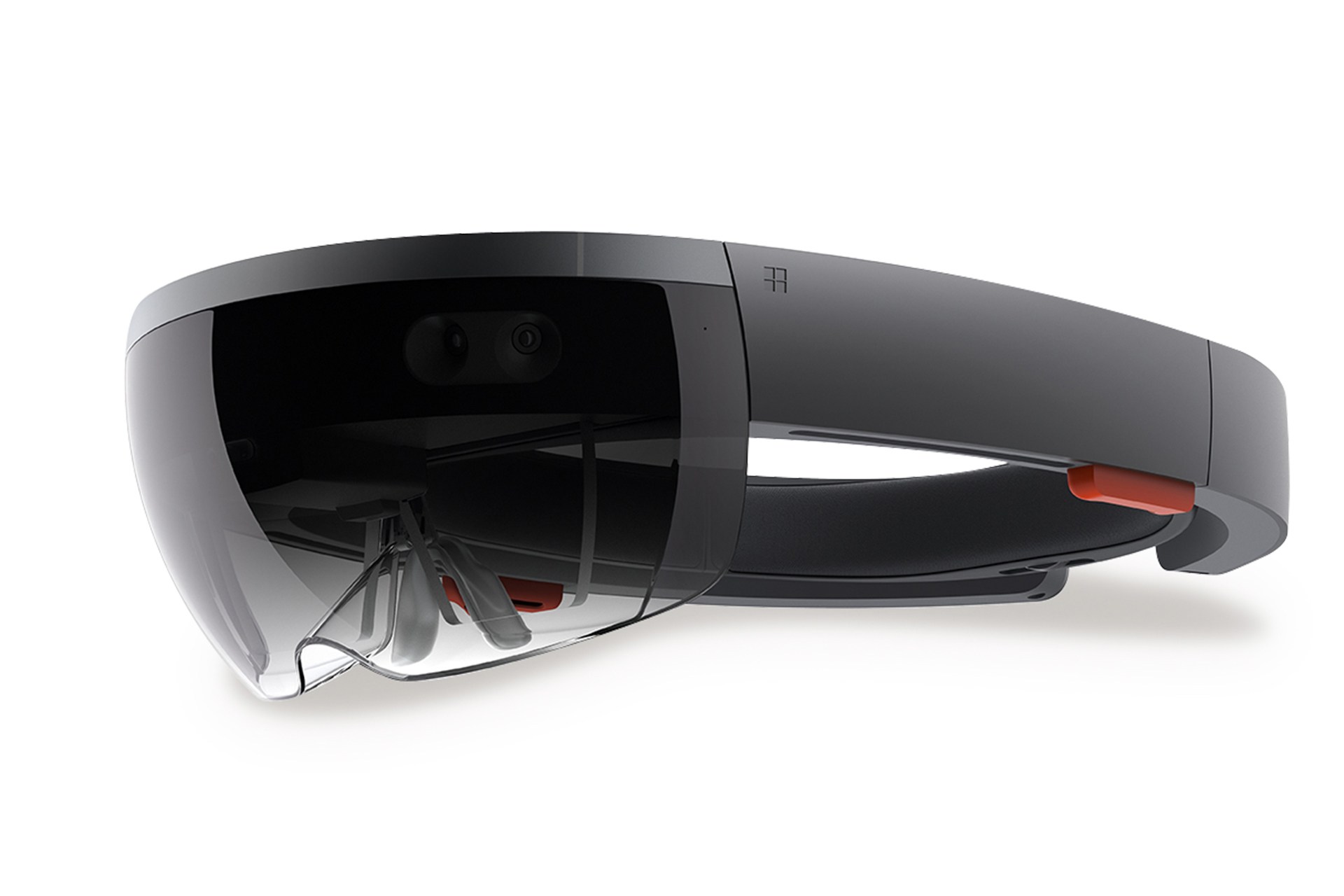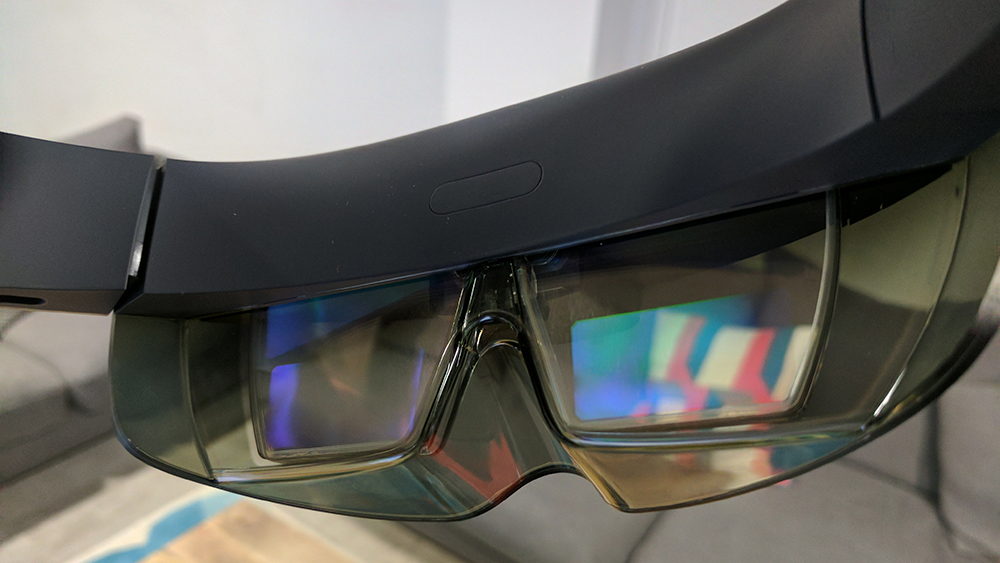From science fiction to science fact: Microsoft’s plan for augmented reality
The company has its sights firmly set on building up AR as a platform, not a product


So far, HoloLens has seen a significant amount of interest from manufacturing, engineering and architecture firms in the private sector, which are exploring use-cases centred around training, modelling and prototyping. Martine also says there's also a substantial application for HoloLens in the public sector, including health and education, and it has also stoked interest among various government bodies.
"Education is one of the largest vertical segments and probably higher than I had actually anticipated," she tells IT Pro. "So between all of those traditional government bodies that you would think, plus potential within health and education - those are all really big on the public sector side."

As an emerging technology that's been in the wild barely over a year, AR is still finding its feet within the marketplace. However, rather than immediately trying to sell HoloLens to as many customers as possible, Microsoft is very much playing the long game, putting its efforts into selling augmented reality as a platform.
"Making sure that the devs are coming back every day, and [both they and customers are] building ... is the barometer of the things that I get pressured on and that we get pressured on - that we've got more partners coming into the ecosystem," Martine explains.
Part of the company's plan for this is engaging directly with developers. It's putting huge amounts of resources online for developing holographic apps and is open sourcing a lot of code related to HoloLens and holographic development.
"We have developer teams at Microsoft all over in our key markets right now that are working with ISVs and key developers around helping them to do hackathons, to help them to build their solutions," says Martine.

For Microsoft, building out AR as a platform is crucial. The technology's still in its infancy and history is littered with technologies that have been undermined by the lack of a strong portfolio of apps and solutions to support them. Without a strong ecosystem behind it, there's every chance that augmented reality could share the same fate.
Sign up today and you will receive a free copy of our Future Focus 2025 report - the leading guidance on AI, cybersecurity and other IT challenges as per 700+ senior executives
"The thing that's most important for me is, the more we can have the customers being the ones that tell you the stories and tell you about the potential, is the best testament of where it's going," Martine says. "Because I really do believe the power is in what companies can do with it."
"We're a technology, we enable, and if we can enable better health, better policing, enable people to have better experiences and to have more fun - that's pretty awesome."
Adam Shepherd has been a technology journalist since 2015, covering everything from cloud storage and security, to smartphones and servers. Over the course of his career, he’s seen the spread of 5G, the growing ubiquity of wireless devices, and the start of the connected revolution. He’s also been to more trade shows and technology conferences than he cares to count.
Adam is an avid follower of the latest hardware innovations, and he is never happier than when tinkering with complex network configurations, or exploring a new Linux distro. He was also previously a co-host on the ITPro Podcast, where he was often found ranting about his love of strange gadgets, his disdain for Windows Mobile, and everything in between.
You can find Adam tweeting about enterprise technology (or more often bad jokes) @AdamShepherUK.
-
 Ping Identity snaps up Keyless to tackle AI-powered security threats
Ping Identity snaps up Keyless to tackle AI-powered security threatsNews The security vendor will expand its platform with zero-knowledge biometrics and re-verification capabilities
-
 Phishing kits soared in popularity last year as rookie hackers ramped up DIY cyber attacks
Phishing kits soared in popularity last year as rookie hackers ramped up DIY cyber attacksNews As PhaaS kits increase in sophistication, organizations should be on the alert
